Best Furnace and Duct Cleaning Company in Regina
Klean King is proud to be one of Regina’s most experienced and reliable furnace and duct cleaning companies. With over 35 years of experience, our trained technicians will have the HVAC systems in your home or business cleaned adequately. Our team will ensure that your home or workplace is as healthy and safe as possible. We use new technologies, such as air testing equipment to help measure how much dust and contaminants are in the air. As a result, we can help determine that the air you are breathing is safe and healthy.
Another benefit that we provide our customers is due to our revolutionary “scrubbing” method. We will place your HVAC system under negative pressure using one of our high-powered vacuum trucks. This places your ductwork under extreme suction and loosens the dust & debris and suctions it out to our truck. A specially made rubber whip is then inserted into each individual duct and rapidly sweeps around the ductwork interior scrubbing all the fine dust into the suction. The benefit of these systems versus a traditional rotary brush system is that they will not damage the insulation within the ducts, but will allow for a scrubbing technique that will remove all the contaminants from the insulation.
You can rest assured that by choosing Klean King for your duct and furnace cleaning, you are choosing to work with qualified and well-trained professionals. We are Regina’s first and only QUADCA-certified furnace and duct cleaning company. QUADCA trains and certifies duct cleaning companies on the best practices in our trade. Being QUADCA certified means that Klean King only uses skilled professionals and the best tools and technology to clean your HVAC systems. Also a member of NADCA which set the standard for Duct Cleaning in North America. Klean King is certified as Air System Cleaning Specialist (ASCS). We pride ourselves on providing the highest quality of service across all of Southern Saskatchewan.
For a cleaner, healthier home or business, choose Klean King Furnace Cleaning!








